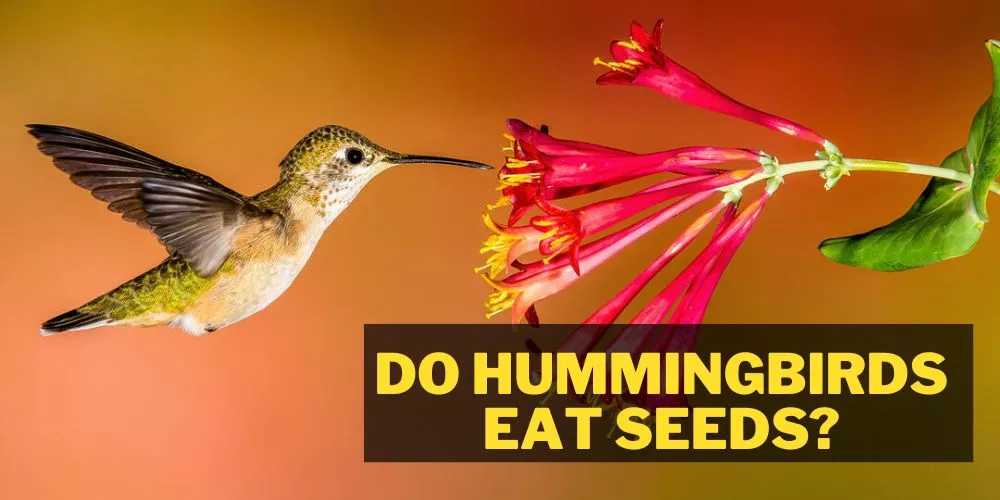Hidden treasures lurk beneath our feet, and your backyard could be a goldmine of geological wonders. This article will unearth the secrets of valuable rocks in your backyard sitting right outside your door, from gemstones to precious minerals.
Get ready to embark on a journey of discovery as we delve into the world of backyard geology and learn how to identify, appreciate, and potentially profit from the riches beneath the surface. The next time you step outside, remember: there’s more to your garden than meets the eye.
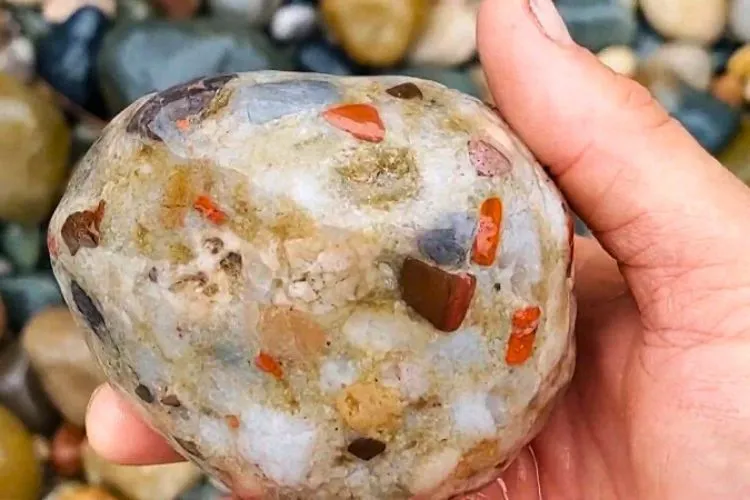
Valuable rocks in your backyard
1. Obsidian
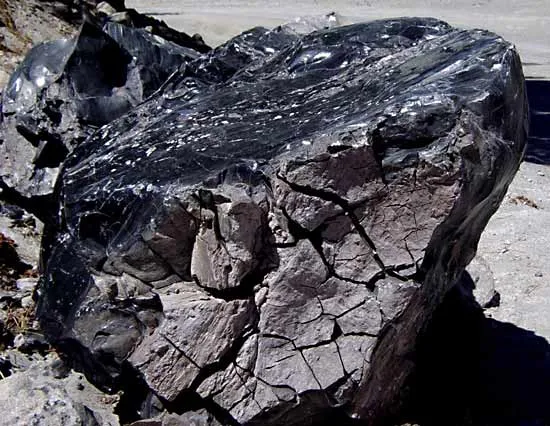
Obsidian is a natural volcanic glass that forms when lava cools rapidly. It can be found in various colors, but the most common are black and brown.
Obsidian is often used as jewelry because it’s very hard and durable–it won’t scratch or break easily.
The Native Americans also used obsidian for weapons and tools because it’s so sharp! You might find some pieces at your local rock shop or museum if you want to learn more about this fascinating stone.
2. Jasper
Jasper is a type of quartz, which means it’s a form of silica. It comes in many colors and patterns, but jaspers are usually hard enough to be used as tools or weapons.
Jaspers can be found worldwide–they’re especially common in deserts and other dry places with lots of sandstone. You might find them at the beach or even in your backyard!
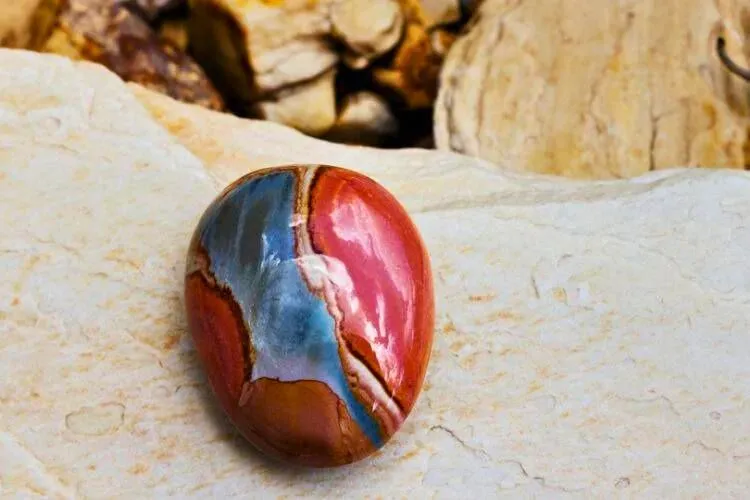
3. Opal
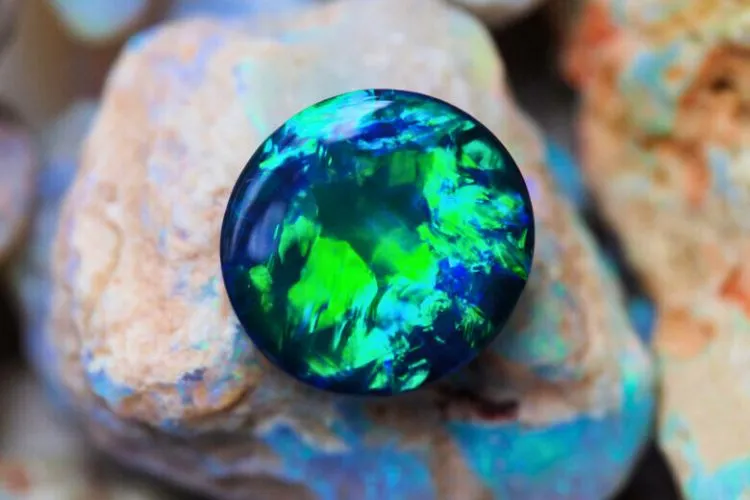
Opals are a mineral that forms when water in the ground seeps through silica-rich rocks and dissolves the silica. The water then becomes trapped in the spaces between the minerals, forming opal.
Opal is most commonly found in Australia, where it’s been mined for thousands of years.
However, you can also find it in other parts of the world, such as Mexico and Brazil. Opals come in many colors–white opals are transparent, while black ones have dark backgrounds but still let light through them.
4. Topaz
Topaz is a gemstone that comes in many colors. It’s often used to make jewelry and other decorative items because of its beauty, but it also has some practical uses.
Topaz can be found in many parts of the world and is mined for commercial use in Brazil, Pakistan, and Russia. The most valuable topaz comes from Brazil.
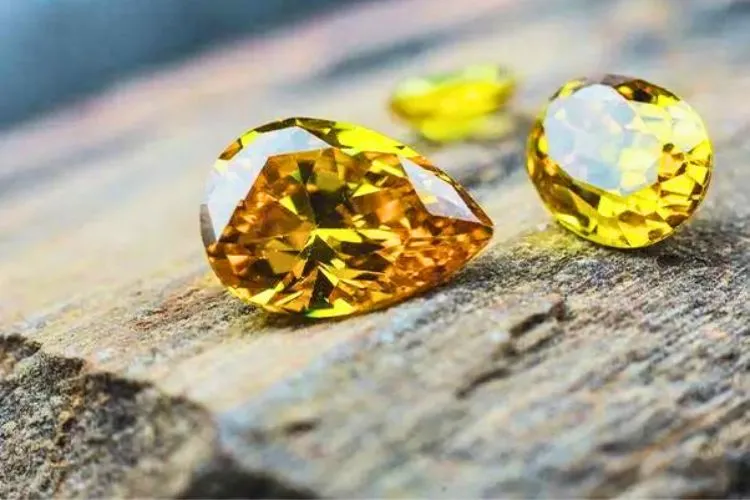
This type is known as “imperial topaz” because it resembles an imperial diamond when cut into facets (the flat surfaces on a gemstone).
5. Peridot
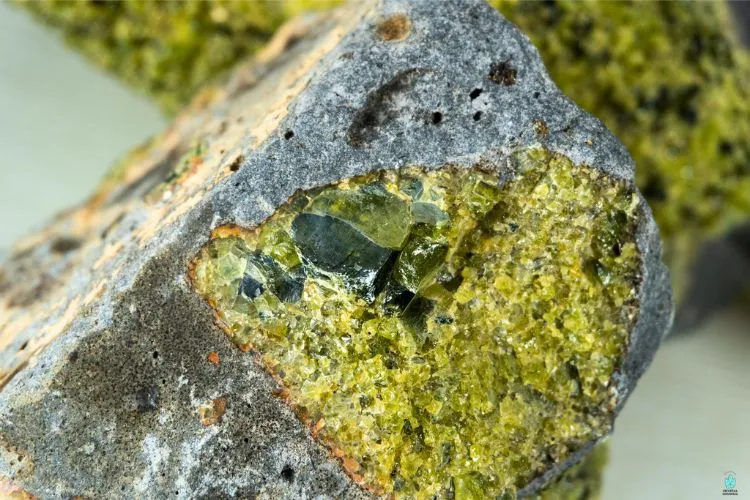
Peridot is a type of gemstone that has a bright green color. It’s also known as chrysolite, which means “golden stone.”
Peridot can be found in volcanic rocks from Hawaii, Arizona, and New Mexico. The most valuable peridots are cut into cabochons (flat faces) rather than faceted stones because they have more reflective surfaces on the top and bottom of each stone.
Peridots come in all sizes — from very small to large –but most weigh less than one carat (0.2 grams).
6. Garnet
Garnet is a gemstone that comes in many different colors, and it can be found all over the world. The most common garnets are red and dark green (also called black) but come in orange, yellow, purple, and brown shades.
Garnets are usually mined from mines or quarries in South Africa and Australia; however, they have also been found throughout North America.
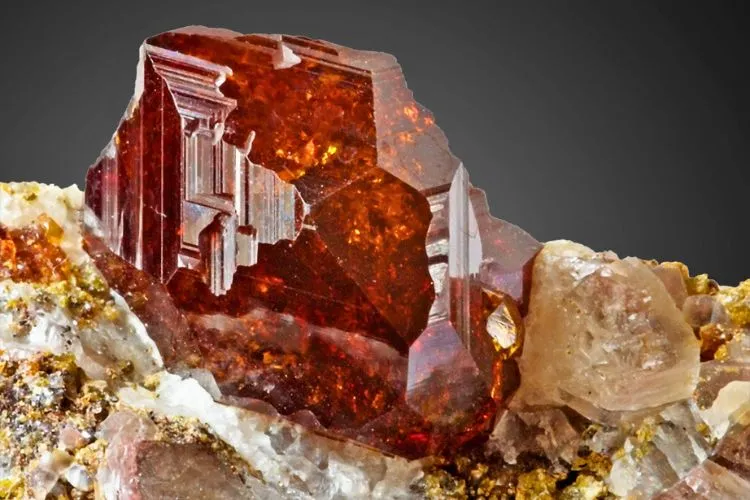
Many people collect garnets because of their beautiful colors and interesting shapes–they’re often cut into cabochons or faceted into diamonds for jewelry making purposes!
The best way to identify a garnet is by looking at its crystal structure under magnification (a magnifying glass will work). Garnets have an orthorhombic crystal system with two axes of unequal length intersecting at 90 degrees angles; this means each face has three sides instead of four like most other minerals do!
You may also notice some bubbles inside your rock if you look closely enough–these are gas bubbles trapped inside during formation, which will make them easier to spot once heated up again later on down the road when we get around back here again later today after lunch break starts up again tomorrow morning tomorrow afternoon…
7. Quartz
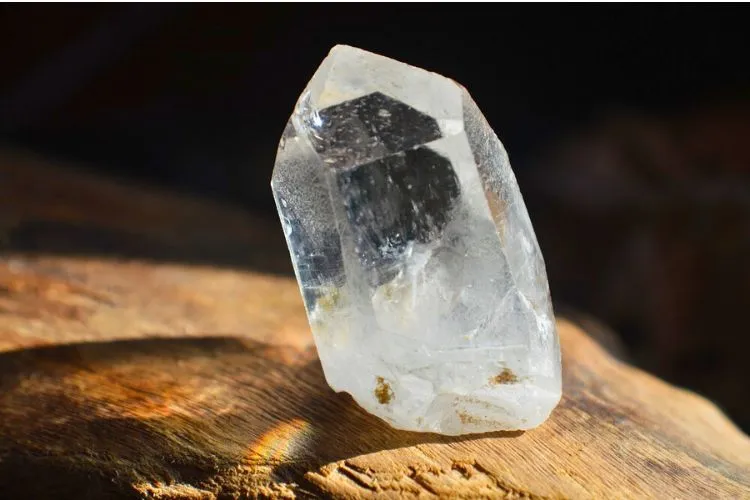
Quartz is a crystal that can be found in many different colors. It’s also known as rock crystal, a type of quartz. Quartz has an atomic structure of oxygen atoms bonded together in a hexagonal pattern.
Quartz crystals are usually clear or white but can also be yellow, green, or pink!
They’re often used for jewelry because they’re so pretty and sparkly! You can find quartz worldwide–in mines (or quarries), on beaches, and even in your backyard if you look closely enough!
8. Agate
Agate is a variety of quartz that forms in concentric bands and layers. It can be found in many colors, including black, white, and red.
Agate is also known as “the stone of good luck” because it’s believed to bring prosperity and success to those who wear it. Agates are found worldwide but are particularly common in Brazil and Madagascar.
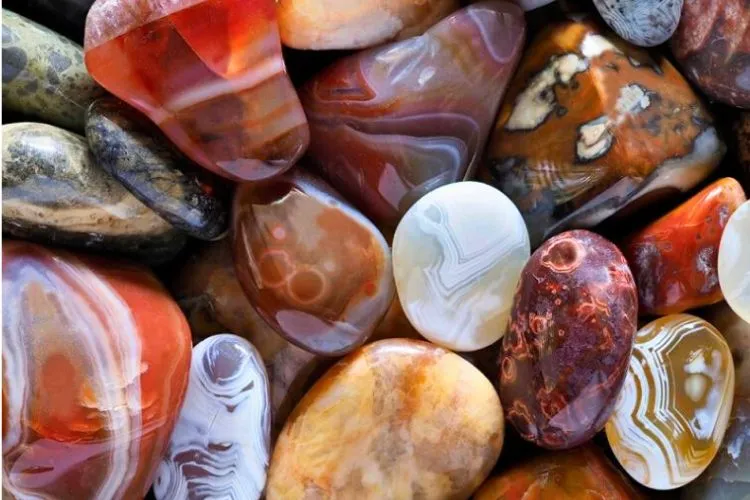
They’re often polished into beads or cabochons for jewelry making purposes; however, some people choose not to polish their agates so they can see the natural patterns within them!
9. Tourmaline
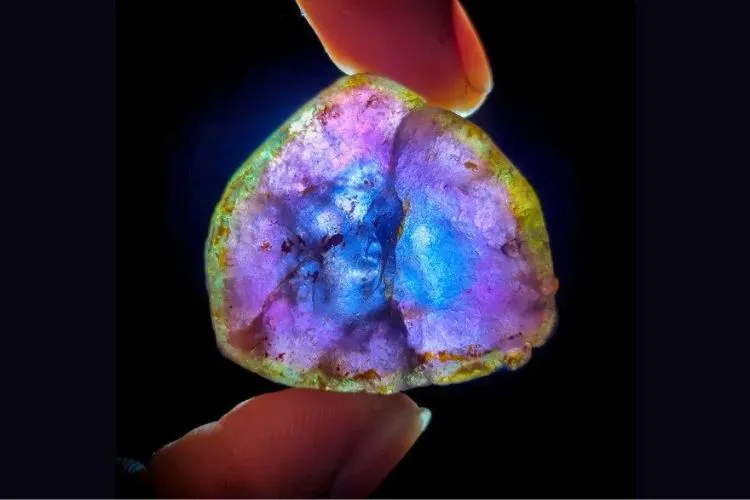
Tourmaline is a gemstone that can be found in many different colors. It’s usually green or brown but can also be black, pink, red, and blue.
Tourmaline is usually found in metamorphic rocks like gneisses or schists because these are the types of rocks that have been changed by heat and pressure over time.
Tourmalines are hard to spot because they look like other minerals like quartz or feldspar (which are both common). To tell if you’ve found tourmaline instead of quartz or feldspar: Look at how shiny your rock is–if it looks duller than most other rocks around it, then there’s a good chance it could be tourmaline!
10. Turquoise
Turquoise is a blue-green mineral with a hardness of 2.5-4.5 on the Mohs scale. Turquoise gets its color from copper and iron minerals, which can vary depending on where it’s found.
It’s most commonly found in Arizona and Nevada but also occurs in California, Colorado, and New Mexico–and even as far away as Montana!
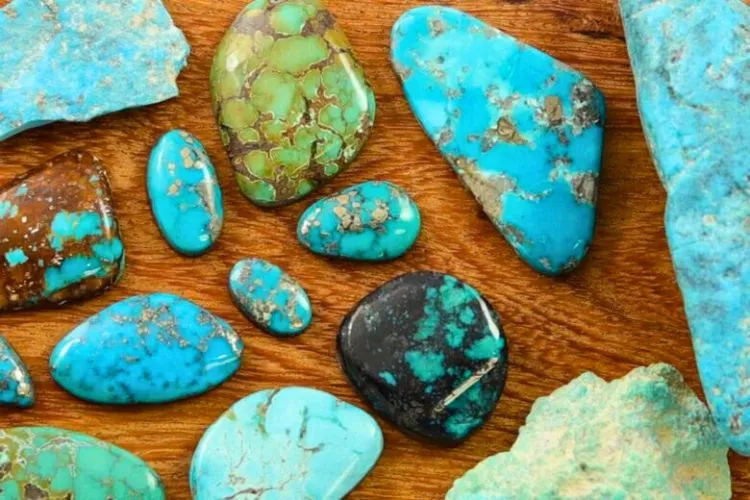
The best way to identify turquoise is by its color: if your specimen has a strong greenish hue with blue undertones (like the one pictured above), it’s likely turquoise!
If you’re still unsure after examining your specimen closely under magnification, try rubbing it against another piece of stone or metal; if they both scratch each other easily without leaving any marks behind, you’ve got some turquoise!
Now that you know a little about the different types of crystals and how they can be used, it’s time to explore your backyard! Whether you’re looking for a new hobby or just want to learn more about the world around us, metal detecting is an exciting way to do both.
There are many rewards associated with this hobby:
- Discovering hidden treasures in nature
- Learning about ancient civilizations
- Spending time outdoors with friends and family
- Feeling like Indiana Jones (or Lara Croft)
The list goes on!
How do I know if a rock I found is valuable?
Determining if a rock you’ve found is valuable requires a combination of observation, research, and sometimes expert consultation. Here are some steps to help you identify if your rock is valuable:
- Observe the physical characteristics: Examine the rock for unique features such as color, shape, texture, and weight. Valuable rocks often have distinctive, eye-catching qualities.
- Test the hardness: Use the Mohs hardness scale to determine the rock’s hardness by scratching it against a known material or using a scratch test kit. Valuable rocks typically have a higher hardness rating.
- Look for crystal structures: Valuable rocks like gemstones often have well-defined crystal structures. Use a magnifying glass or microscope to inspect the rock for crystal formations.
- Check for streak color: Rub the rock against a streak plate (unglazed porcelain) and observe the color of the streak it leaves behind. This can help identify specific minerals present in the rock.
- Conduct research: Consult books, websites, and online rock identification and geology forums to compare your findings with known valuable rocks and minerals.
- Seek expert help: If you’re still unsure about the rock’s value, consult a local geologist or gemologist or visit a rock and mineral show for a professional opinion.
How do I find gems in my backyard?
- Research and Preparation: Before hunting for valuable rocks in your backyard, research the types of rocks and minerals commonly found in your area. Visit local museums, geological websites, or talk to experts. Equip yourself with a rock identification guide, a small shovel, a magnifying glass, and a container to collect your finds.
- Know What to Look For: Familiarize yourself with valuable rocks and minerals, such as quartz, amethyst, geodes, or fossils. Learn their distinguishing characteristics, like color, shape, texture, and hardness. This knowledge will help you identify potential treasures in your backyard.
- Choose a Suitable Area: Start by examining the landscape of your backyard. Look for areas with exposed soil, rocks, or erosion, as these can reveal hidden treasures. If your backyard is mostly grass, consider digging a small test hole to see what lies beneath the surface.
- Observe and Inspect: Walk slowly through your chosen area and closely examine any rocks or unusual formations. Use your magnifying glass to inspect interesting specimens. Pay attention to color, pattern, shape, and texture. If a rock catches your eye, place it in your container for further examination.
- Dig Deeper: If you find an intriguing rock on the surface, use your small shovel to dig around it. Valuable rocks and minerals can be hidden just below the surface. Be sure to refill any holes you dig to minimize disturbance to your backyard.
- Record Your Finds: Keep a log of your discoveries, noting the date, location, and a brief description of each find. This will help you track your progress and identify patterns in the types of rocks and minerals found in your backyard.
- Clean and Identify: Once you’ve collected your specimens, gently clean them with a soft brush and water to remove dirt and debris. Use your identification guide and online resources to help determine the value of your findings. Remember that some rocks, such as geodes or fossils, may look ordinary but have hidden value.
- Display or Sell Your Treasures: If you find something valuable or aesthetically pleasing, consider displaying it in your home or selling it to a collector. Store your rocks properly, as some minerals can be sensitive to light, heat, or moisture.
- Expand Your Search: If you consistently find valuable rocks in your backyard, consider expanding your search to nearby parks, forests, or even friends’ yards. Always seek permission before exploring private property and adhere to local laws and regulations.
- Enjoy the Journey: Finding valuable rocks in your backyard can be fun and rewarding. Whether you’re a seasoned collector or a curious beginner, the thrill of unearthing hidden treasures never gets old.
Happy hunting!
Other backyard related article: How To Light Up The Backyard Without Electricity?
Frequently Asked Questions (FAQs)
Q: How do I sell my rocks?
A: You can sell your rocks through online marketplaces, such as eBay or Etsy, or local rock and mineral shows. Joining a local rockhounding club can also provide opportunities to sell your rocks and connect with other collectors.
Q: How do you tell if a rock has a gem in it?
A: To tell if a rock has a gem in it, look for characteristics such as clarity or transparency, which may indicate the presence of a gemstone. Some gems have specific colors or crystal formations that can be identified with a magnifying glass or specialized equipment. It’s also helpful to research the types of gems commonly found in your area.
Q: What is the easiest gem to find?
A: The easiest gem to find depends on your location and the geological features of your area. Common gems in many areas include quartz, agates, and amethyst. These gems can often be found on the surface or below the soil. However, it’s important to note that not all rocks with these characteristics will contain a gemstone, and identifying a true gemstone requires knowledge and experience.
Conclusion:
discovering valuable rocks in your backyard can be a rewarding and educational experience. With the right knowledge, tools, and keen observation skills, you can unearth hidden treasures that may be beautiful and valuable. Your backyard can serve as a gateway to a fascinating world of geology and mineralogy, fostering a lifelong appreciation for the natural wonders beneath our feet. So grab your shovel, magnifying glass, and identification guide, and start exploring the untapped potential in your backyard.

